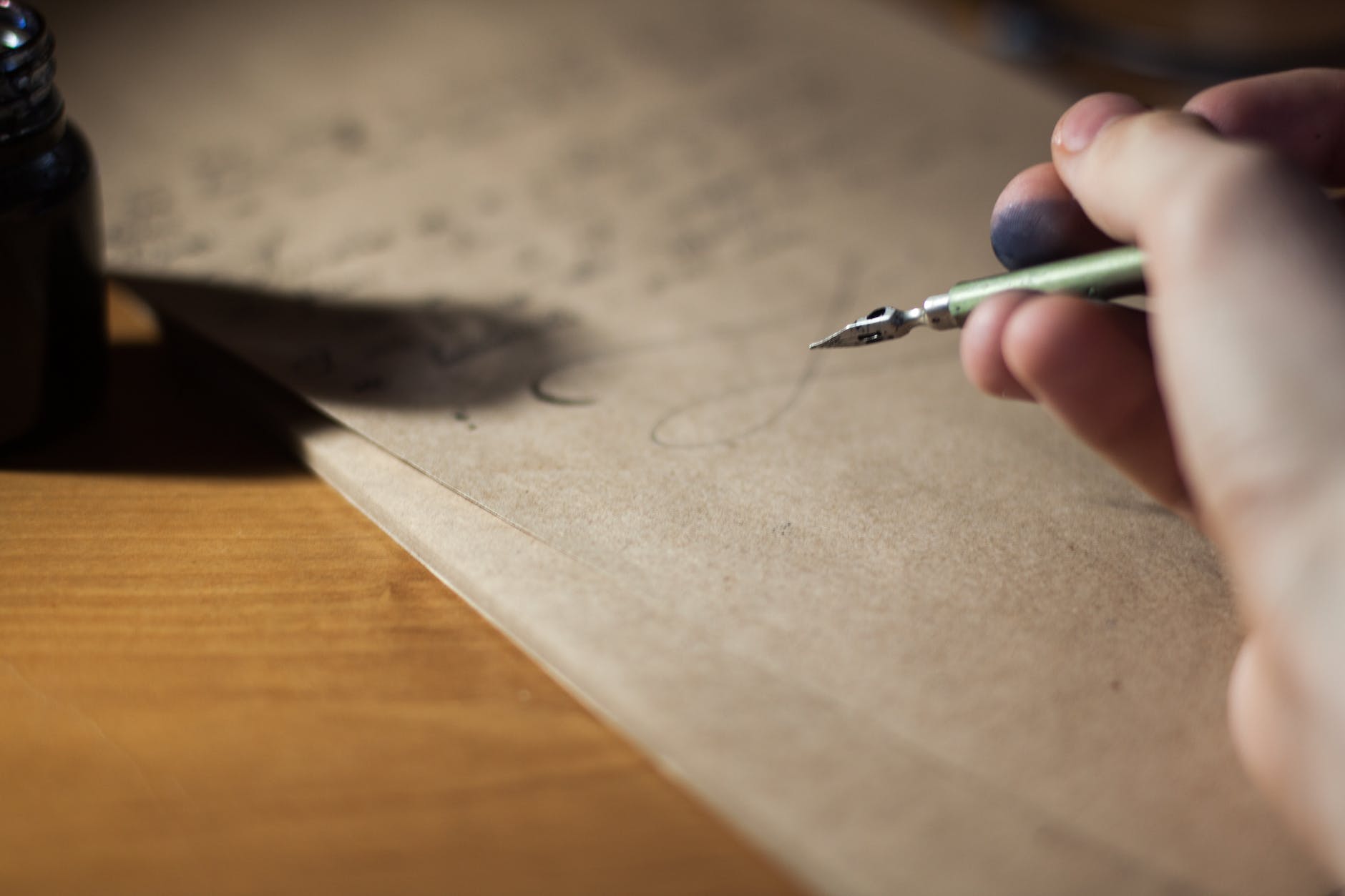creating stunning calligraphy art: tips and inspiration
What is calligraphy and how to get started?
Calligraphy is the art of beautiful handwriting, and it has been practiced for centuries. It is a unique art form that allows individuals to express their creativity and design skills through the use of letters and symbols. If you are interested in calligraphy, getting started is easier than you may think. Understanding the basics of calligraphy is the first step towards creating stunning calligraphy art.
Understanding the basics of calligraphy
Calligraphy involves the careful and deliberate formation of letters using a pen or brush. It requires precision and control to create beautifully designed letters. The alphabets used in calligraphy can vary depending on the calligraphy style you wish to learn.
Essential calligraphy tools and materials
To get started with calligraphy, you will need a few essential tools and materials. These include a calligraphy pen or brush, ink, paper, and guidelines. These tools will help you create consistent letterforms and give you the freedom to experiment with different calligraphy styles.
Learning different calligraphy styles
Calligraphy offers a wide range of styles to choose from. Some popular calligraphy styles include copperplate, italic, gothic, and English roundhand. Each style has its own unique characteristics and requires different techniques to master. It is recommended to start with a beginner-friendly style and gradually explore other styles as you become more proficient.
How to improve your calligraphy technique?
Improving your calligraphy technique requires time and practice. It is important to focus on mastering calligraphy strokes, adding flourishes to your letters, and creating consistent letterforms.
Mastering calligraphy strokes
The foundation of calligraphy lies in understanding and executing different strokes. Each stroke contributes to the overall beauty and elegance of the letters. Practicing various stroke patterns will help you develop better control and precision in your calligraphy.
Adding flourishes to your calligraphy
Flourishes are decorative elements that enhance the visual impact of your calligraphy. Adding flourishes can make your letters look more elegant and sophisticated. Experiment with different types of flourishes to find the ones that complement your calligraphy style.
Tips for creating consistent letterforms
Consistency is key in calligraphy. Aim to create letterforms that have the same height, width, and style throughout your artwork. Pay attention to the spacing between letters and words to ensure a harmonious composition.
How to choose the right calligraphy style for your project?
Choosing the right calligraphy style for your project is essential to create a cohesive and visually appealing piece of art. It involves exploring different calligraphy styles, understanding their characteristics, and matching them with your project theme.
Exploring different calligraphy styles and their characteristics
Take the time to explore various calligraphy styles and understand their unique characteristics. Some styles may be more suited for formal occasions, while others may be more suitable for creative and expressive projects. Choose a style that resonates with your artistic vision.
Matching calligraphy styles with your project theme
Consider the theme and purpose of your project when selecting a calligraphy style. If you are creating wedding invitations, a delicate and elegant style like copperplate calligraphy may be a good choice. On the other hand, if you are designing a poster for a music concert, a more bold and decorative style like gothic calligraphy might be more appropriate.
Combining calligraphy styles for unique effects
Don’t be afraid to experiment and combine different calligraphy styles to achieve unique effects in your artwork. Mixing styles can add depth and complexity to your calligraphy and make your artwork truly stand out.
Tips and tricks for creating stunning calligraphy art
In addition to mastering calligraphy techniques and choosing the right style, there are some tips and tricks that can help you create truly stunning calligraphy art.
Using guidelines for better calligraphy results
Guidelines are important tools that help you maintain consistent letterforms and spacing. Use a ruler or create your own guides on the paper to ensure that your letters are aligned and proportioned correctly.
Experimenting with different pens and inks
Pens and inks come in a variety of types and colors, and experimenting with different tools can bring new dimensions to your calligraphy. Try different nib sizes, brush pens, and colored inks to explore different effects and create unique calligraphy artwork.
Incorporating artistic elements into your calligraphy
Calligraphy can be further enhanced by incorporating artistic elements such as illustrations, patterns, or watercolor washes. Experiment with different mediums and techniques to add depth and interest to your calligraphy art.
Inspiration for calligraphy projects
Finding inspiration is an important part of the creative process. Looking at the works of famous calligraphers and exploring calligraphy art collections can provide you with new ideas and motivate you to create your own unique calligraphy artwork.
Exploring famous calligraphers and their work
Researching and studying the works of famous calligraphers can inspire and educate you about different calligraphy styles and techniques. Take time to analyze their compositions, letterforms, and use of colors to gain insights and gain inspiration for your own projects.
Finding inspiration in calligraphy art collections
Visit museums, art galleries, or online platforms that showcase calligraphy art collections. Immersing yourself in the beauty and creativity of calligraphy can spark new ideas and ignite your passion for creating stunning calligraphy art.
Creating your own calligraphy artwork based on inspiration
After gathering inspiration, it’s time to put your calligraphy skills into practice and create your own artwork. Let your creativity flow and experiment with different styles, techniques, and themes. Remember, calligraphy is a journey of continuous learning and improvement.
